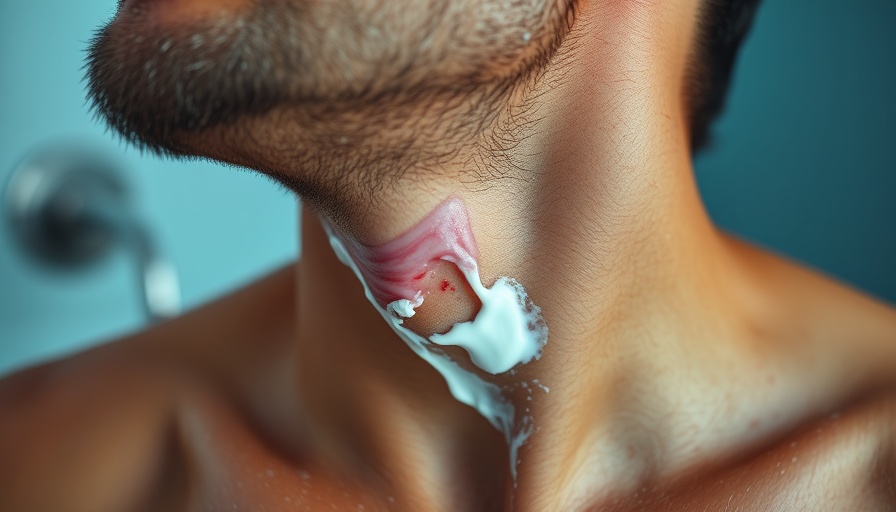
Understanding the Rare Condition: Exercise-Induced Anaphylaxis
Exercise is an essential part of maintaining a healthy lifestyle, but for some individuals, physical activity can lead to severe and unexpected reactions known as exercise-induced anaphylaxis (EIA). Although this rare condition affects only about 0.05% of people, understanding it is crucial for those who wish to enjoy their workouts without fear. Recognizing the symptoms and knowing how to react can make a significant difference during such life-threatening situations.
Recognizing the Symptoms of EIA
Symptoms of exercise-induced anaphylaxis often manifest during or shortly after physical activity. According to top allergists, these symptoms can include confusion, difficulty breathing, dizziness, hives, nausea, clammy skin, a sudden cough, and swelling of the throat. If these symptoms appear, it is vital to stop exercising immediately and seek medical attention. The body requires treatment, typically through the use of an injectable epinephrine device.
The Unique Trigger: Physical Activity
Unlike traditional allergic responses, exercise-induced anaphylaxis can occur even in individuals who have never experienced any prior allergic reactions. While some triggers may involve food consumed before exercising, sometimes the mere act of working out is enough to provoke a severe response. Understanding what forms of exercise might be safer can help those with EIA remain active while managing their condition.
Food's Role in Exercise-Induced Anaphylaxis
One of the fascinating aspects of EIA is its potential connection to food allergies. Many individuals experience anaphylaxis when combining vigorous exercise with specific foods consumed beforehand, such as nuts, shellfish, or other common allergens. This relationship highlights the need for proactive strategies— individuals need to be aware of both dietary choices and exercise intensity when hoping to avoid EIA episodes.
Staying Safe: Tips for Active Individuals Affected by EIA
Despite the risks associated with EIA, it is still possible to engage in physical activity safely. Here are a few practical tips:
- Consult with an Allergist: Partnering with a specialist can help create a personalized exercise plan that considers personal triggers, exercise preferences, and safety measures.
- Carry an EpiPen: Always have access to an epinephrine auto-injector, especially during outdoor activities where immediate help might be distant.
- Choose Appropriate Exercise: Low-impact exercises, like walking or yoga, might present fewer risks and still provide substantial health benefits.
Community Support and Local Resources in Central Ohio
For health-conscious adults in Central Ohio, tapping into local resources can significantly benefit anyone managing EIA. Many fitness centers and community organizations host classes designed for people with specific health concerns, ensuring that everyone can find a suitable and supportive fitness environment. Local allergists also often hold workshops that provide education on managing allergies and anaphylaxis safely.
Conclusion and Call to Action
Being informed and prepared can empower individuals with exercise-induced anaphylaxis to lead active, fulfilling lives. It is essential to understand the symptoms, triggers, and safety precautions related to EIA. If you suspect that you or someone you know may be at risk, don’t hesitate to consult with a healthcare professional or allergist. By taking proactive steps, you can enjoy the benefits of physical activity while ensuring your health and safety.
Take action today by assessing your fitness routine and ensuring that you have a plan in place for managing your allergies effectively. Equip yourself with knowledge and resources, and embrace a healthier lifestyle with confidence!
 Add Row
Add Row  Add
Add 




Write A Comment